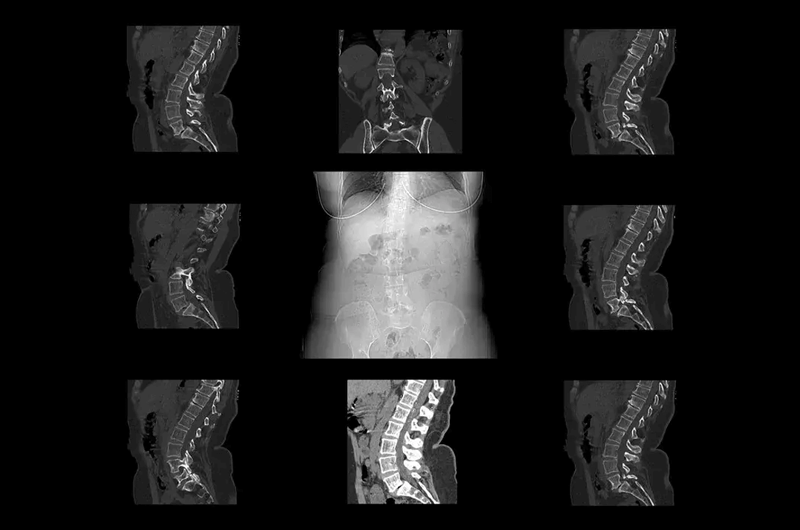Spondylolisthesis is a degenerative spine condition used to describe vertebral slippage in any direction. Most commonly seen in the lower back (lumbar spine), this spinal condition occurs when one of the vertebrae in the spine slips out of position and slides forward onto the bone directly beneath it, causing severe pain. Typical symptoms include persistent lower back pain, difficulty walking or running, stiffness and weakness in the back/legs and excessive curvature of the spine (kyphosis). If left untreated, this condition could affect your ability to perform even routine activities. Documentation is important to ensure appropriate care and for accurate clinical documentation of this chronic spinal condition, physicians rely on the services of reliable medical billing outsourcing companies.
The prevalence of spondylolisthesis is normally higher among older adults due to wear-and-tear induced stress fractures. The potential causes of this condition may depend on factors like age, heredity and lifestyle habits. The top causes include – birth defects, fractures from injury, degeneration from overuse/aging, sports-related joint injuries, tumors and surgery. Identifying the exact causes can help physicians determine the type of spondylolisthesis and determine the best treatment modality for the same.
How Is Spondylolisthesis Diagnosed and Documented?
In many cases, patients may not even know they suffer from this spinal condition as they may not experience any early specific symptoms. Diagnosis starts with a detailed medical history evaluation, physical examination and questions about what kind of pain or numbness a person is experiencing. An X-ray of the lower spine will be performed to look for any bone fractures and to check whether any vertebrae is out of position. In some cases, physicians may recommend additional diagnostic imaging tests such as like MRI scan and CT scan to find the exact locations of the fractures or to find whether any misplaced bone is pressing on the nerves.
Treatment modalities for spondylolisthesis may mainly include – pain medications, physical therapy exercises, epidural steroid medications, chiropractic care, occupational therapy and activity modification. A surgical option to remove excessive bones or fuse the vertebrae back together will be considered only as a last resort. This may again depend on the type and severity of symptoms and the extent of vertebral slippage.
A team of specialists (comprising of neurologists, orthopedists, pain management doctors and rehabilitation specialists) who treat spondylolisthesis patients must maintain clear and complete records about their diagnosis and treatment services provided. Orthopedics medical coding involves using the specific ICD-10 diagnosis codes for reporting spondylolisthesis on the medical claims they submit to health insurers for reimbursement.
ICD – 10 Codes
M43.1 – Spondylolisthesis
- M43.10 – Spondylolisthesis, site unspecified
- M43.11 – Spondylolisthesis, occipito-atlanto-axial region
- M43.12 – Spondylolisthesis, cervical region
- M43.13 – Spondylolisthesis, cervicothoracic region
- M43.14 – Spondylolisthesis, thoracic region
- M43.15 – Spondylolisthesis, thoracolumbar region
- M43.16 – Spondylolisthesis, lumbar region
- M43.17 – Spondylolisthesis, lumbosacral region
- M43.18 – Spondylolisthesis, sacral and sacrococcygeal region
- M43.19 – Spondylolisthesis, multiple sites in spine
Correct and timely treatment can alleviate prominent symptoms of spondylolisthesis. Physicians may recommend a combination of medications and other therapies aimed at reducing the symptoms of this spinal disorder. Treating and managing patients with spondylolisthesis and taking care of the essential documentation requirements can be quite taxing for physicians. Managing orthopedic medical billing and coding tasks will be easier for physicians who partner with a professional medical billing and coding company that provides the services of AAPC-certified coding specialists.




